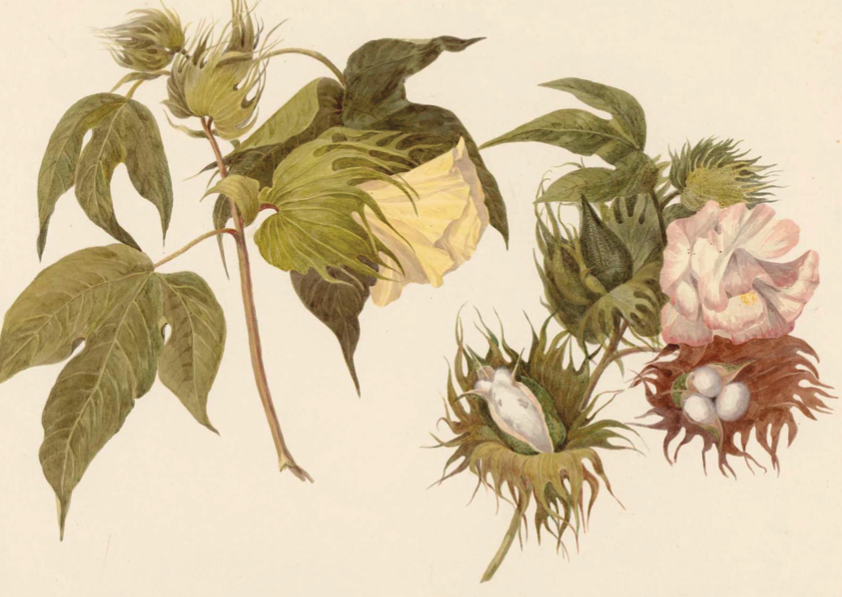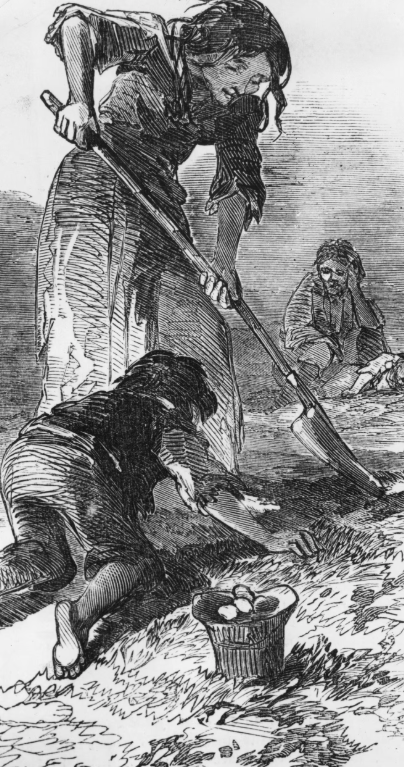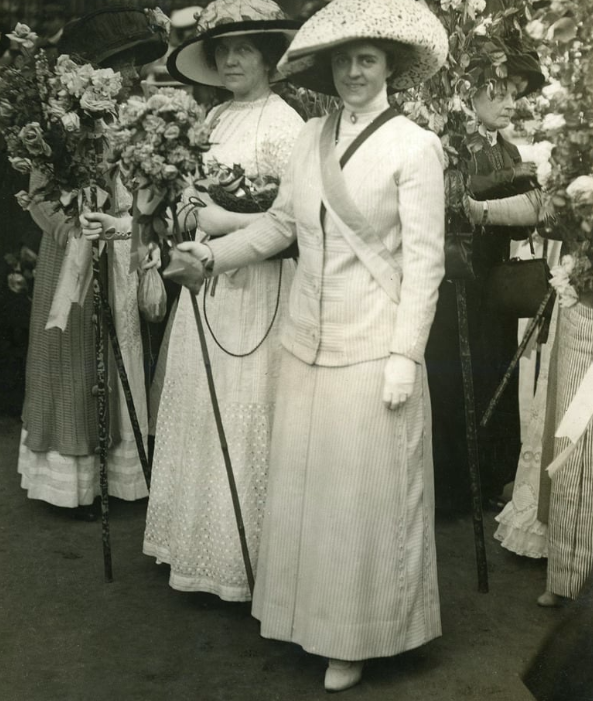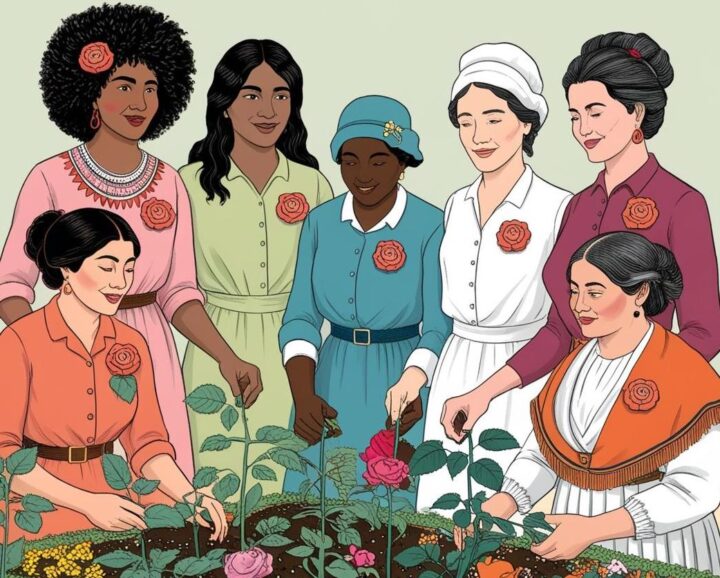Throughout history, women have shared an intimate, often overlooked bond with the plant world—one that extends far beyond gardening or foraging.
Plants have been their allies in survival, healing, and rebellion.
Whether through preserving food in times of famine, practicing forbidden herbal medicine, or challenging colonial powers with the wisdom of the land, women have safeguarded knowledge that was often dismissed, suppressed, or even punished.
Yet, in every era, they found ways to resist—passing their expertise through whispers, rituals, and seeds sown in defiance.
INDIGENOUS WOMENS AS KEEPERS OF VITAL PLANT KNOWLEDGE
Before European contact, indigenous women held respected roles as healers and cultivators. When the Portuguese and French colonized Brazil, they relied on Indigenous women to teach them how to grow native crops like peanuts, cashews, and pumpkins. But as European influence spread, women were pushed out of agriculture, and their expertise was erased from history.
In Chiapas, Mexico, Tzotzil Mayan women resisted by preserving the knowledge of wild edibles—nettles, dandelions, and sorrel—ensuring food security despite colonial efforts to enforce Western agriculture. Across the Americas, women secretly used psychoactive plants in spiritual ceremonies, defying bans on Indigenous rituals. Some took direct action, allegedly poisoning colonial officials or healing warriors with medicinal herbs.
Even in the face of forced migration and slavery, women used plants to reclaim autonomy. Enslaved African and Indigenous women relied on cotton root bark, peacock flower, and tansy to prevent pregnancies, resisting reproductive exploitation despite attempts to restrict access.
Though colonization sought to suppress their expertise, Indigenous and enslaved women safeguarded plant knowledge, using it for survival, healing, and defiance. Their legacy endures in the fight for Indigenous rights, environmental justice, and the protection of traditional wisdom.

THE DANGEROUS ROLES OF MEDIEVAL HERBAL HEALERS
Women healers of medieval Europe (14th–17th centuries) played a vital yet dangerous role in preserving botanical knowledge.
Amid rising witch trials and Church dominance, they used plants like belladonna, mandrake, and henbane for pain relief, childbirth, and infections—practices based on observation rather than religious doctrine.
Their expertise, passed down through generations, defied institutional medicine controlled by male clergy and physicians. The Church viewed them as threats, branding them as witches to suppress their independence and empirical approach. Despite persecution, many continued their work in secret, making healing an act of resistance.
Their legacy endures in modern herbalism, a testament to their defiance and innovation.

IRISH WOMEN AS PROTECTORS OF THEIR COMMUNITIES
During the Irish Potato Famine (1845–1852), women’s expertise in plants became vital for survival and resistance.
As potato blight ravaged crops and the British government continued exporting food, starvation spread. Women turned to the land, foraging for nettles, chickweed, sorrel, and wild garlic to supplement diets. Their herbal knowledge treated malnutrition, while small gardens grew blight-resistant crops.
Beyond food, their resistance took many forms. Some led “potato protests,” raiding storehouses. Others, like Mary Ann McCracken and Maria Edgeworth, organized relief efforts. Tenant women petitioned, joined food riots, and formed networks to share resources, ensuring the survival of the most vulnerable.
Far from passive victims, these women were protectors of their communities. Their botanical knowledge and solidarity were acts of defiance—an enduring legacy of survival and quiet revolution.

Resistance can be found everywhere—even in a simple flower
Women’s suffrage flourished amidst resistance, transforming flowers into powerful symbols. By the late 19th century, suffragettes wielded plants as tools of protest, employing floriography to express unity and defiance.
British suffragettes adopted purple, white, and green flowers—violets symbolising loyalty, lilies representing purity, and ivy denoting resilience—while American activists rallied around sunflowers, jonquils, and roses. During the 1920 battle for the Nineteenth Amendment, suffragists wore yellow roses, while their opponents donned red, turning flowers into emblems of victory.
Beyond their symbolism, suffragettes used flowers to challenge gender norms, presenting them to politicians while demanding rights. Gardening itself became a metaphor for cultivating change, demonstrating that even the softest petals could shake the world.

CHIPKO MOVEMENT-THE FIRST ECOFEMINIST MOVEMENT OF INDIA
While suffragettes used flowers in their political struggle, Indian women took direct action, embracing trees to protect their communities.
The Chipko Movement remains one of history’s most powerful examples of women-led environmental activism. Rooted in a 1730 protest led by Amrita Devi, who died protecting Khejarli’s trees from deforestation, this spirit of resistance resurfaced in the 1970s when Gaura Devi and her community hugged trees to block commercial logging in the Himalayas. Their defiance reshaped India’s forest policies and inspired global conservation efforts.
By the 1990s, the fight shifted to biopiracy. Dr. Vandana Shiva led a decade-long battle to overturn a corporate patent on the Neem tree, safeguarding traditional plant knowledge from exploitation. Her victory reaffirmed women’s role as defenders of biodiversity.
From Amrita Devi to Dr. Shiva, women have fought to protect nature and their communities. In an era of climate crises and corporate greed, their knowledge remains a vital force of resistance.

REFERENCES
Culpepper, K. L. (2017). Cotton root bark: A symbol of herbal resistance. Journal of the American Herbalists Guild, 15(2).
Vaughan, R.L., 1997. Oppression breeds rebellion: herbal contraceptives and abortifacients and the role they fulfilled in allowing African American women to maintain their reproductive autonomy during slavery.
Ehrenreich, Barbara & Deirdre English. Witches, Midwives, and Nurses: A History of Women Healers (Feminist Press, 1973).
Jessica O’Leary, The Uprooting of Indigenous Women’s Horticultural Practices in Brazil, 1500–1650, Past & Present, Volume 262, Issue 1, February 2024, Pages 45–83, https://doi.org/10.1093/pastj/gtac047
Steiner, D., 2021. Heroines of Hunger Relief: Challenging Feminization of Famine in Twenty-First Century Cultural Archive (s). Diffractions, (4), pp.33-55.
https://www.rte.ie/history/famine-ireland/2020/0831/1162378-hidden-heroes-women-and-the-great-famine
https://app.carthage.edu/forms/scholars/presentation/223/detail/?utm_source=chatgpt.com
https://blogs.loc.gov/folklife/2020/08/symbolism-in-the-womens-suffrage-movement
https://www.bbc.com/sinhala/news/story/2005/03/printable/050309_kohomba_ruling
Łuczaj, Ł., Wilde, M., & Townsend, L. (2021). The Ethnobiology of Contemporary British Foragers: Foods They Teach, Their Sources of Inspiration and Impact. Sustainability, 13(6), 3478. https://doi.org/10.3390/su13063478
Logan, Patrick. Irish Folk Medicine. Appletree Press, 1981.
Woodham-Smith, Cecil. The Great Hunger: Ireland 1845-1849. Harper and Row, 1962.

Leave a Reply